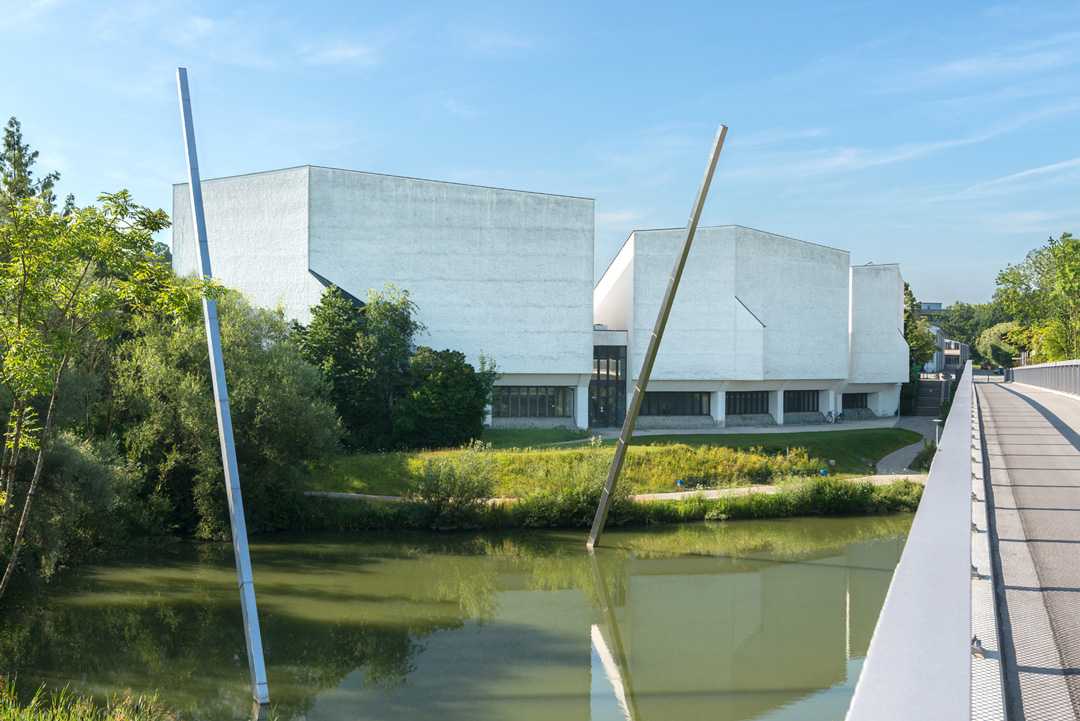Coda triple installation at University of Munich
- Details

In order to offer its students the best possible facilities for lectures and presentations, TUM recently equipped three of its lecture halls with the latest media technology. Overall responsibility for the installation rested with GSVA mbH/Klaus Kuttenhofer, who brought in Fürstenfeldbruck-based company into>noise, led by Andreas Zeh and Tobias Förster, to take care of the audio element. It was a demanding brief for which into>noise chose Coda Audio.
Andreas Zeh explains the choice: “The task was a tough one. We needed to obtain the best possible sound, eliminate the possibility of feedback, and make the systems as easy as possible to use. One of the three venues required top cinema-quality audio. Over recent years, I’ve had nothing but good experiences with Coda Audio - the brand offers excellent products, top support and just as importantly, a first class price/performance ratio. The sound and handling of the systems is so convincing that they were my first choice from the very beginning for this demanding installation.”
In Hall 14, the largest of the three auditoria, into>noise installed a mono centre cluster consisting of 10 x ViRAY in bi-amped mode, as well as 2 x 2 HOPS5 as side-fills, and 2 x HOPS8 as delays.
Hall 15 saw the use of a TiRAY system. Here 2 x 6 TiRAY units and 2 x HOPS8 as delays completed a customised solution. Hall 16, the smallest space, required a very high quality cinema-grade solution. Zeh and Förster opted for a stereo main of 2 x 6 TiRAY, 1 x HOPS8 delay and 2 x APS-SUB flown centrally in the ceiling. Coda Audio’s LINUS10-C and LINUS5-C DSP amplifiers drive the systems.
Zeh continues, “In a situation where no audio or media technicians are assigned to operate the systems, the danger of feedback is not to be sneezed at. Even though the PAs are located on one axis, or up to two metres behind presenters with lavalier microphones, we have ensured that everything is under control. That includes when the lecturers go into the hall and interact with students using audience microphones, which may have presented potential problems. Everyone is very happy with the outcomes.”
He is particularly satisfied with the solution in Hall 14. “The large bi-amped mono cluster meets the needs of the space very well. The ViRAY is almost the only sound source in the room. Due to the large array, we have super coupling, which has a positive effect on the directivity. The coverage is so complete that the HOPS5 and HOPS8 side-fills and delays respectively are really just there to improve intelligibility at the very outermost areas of the room.”
















